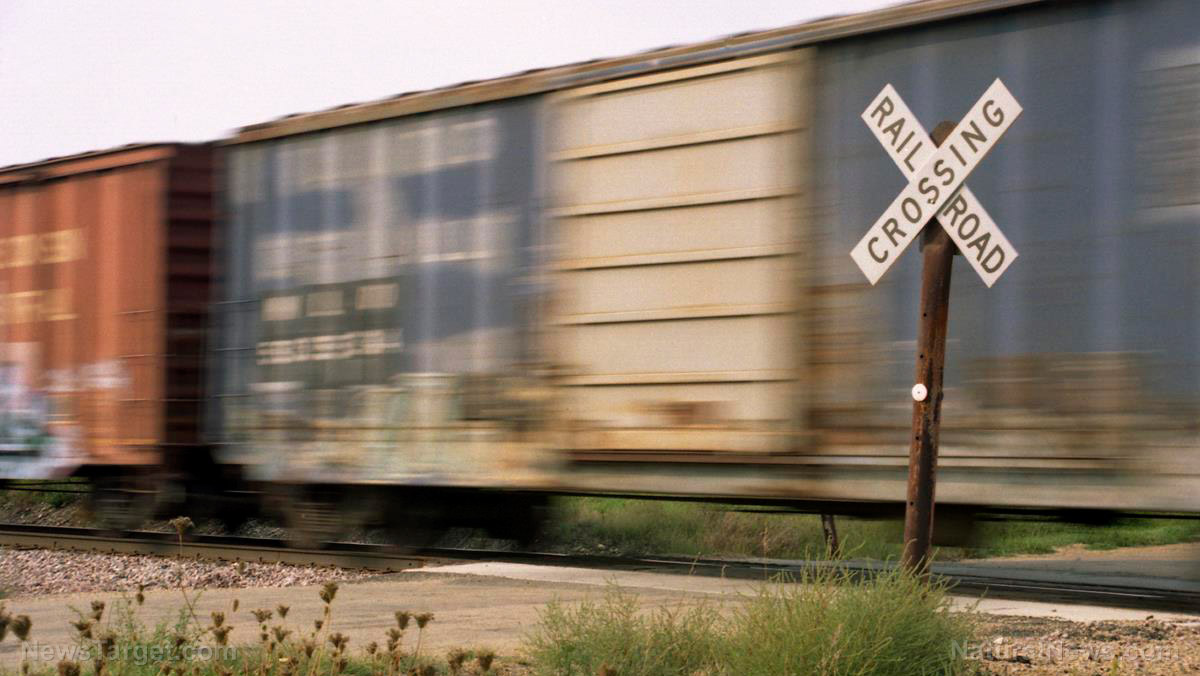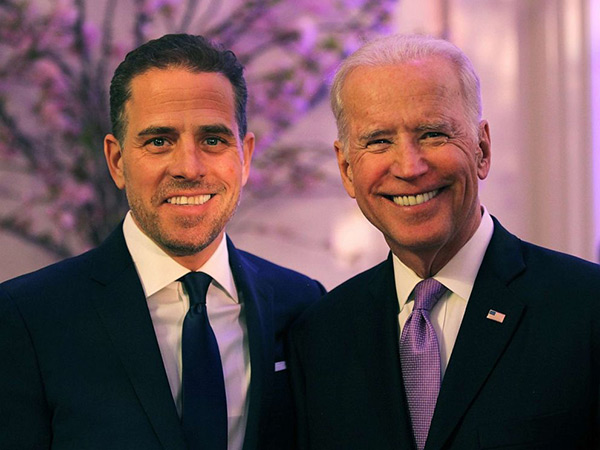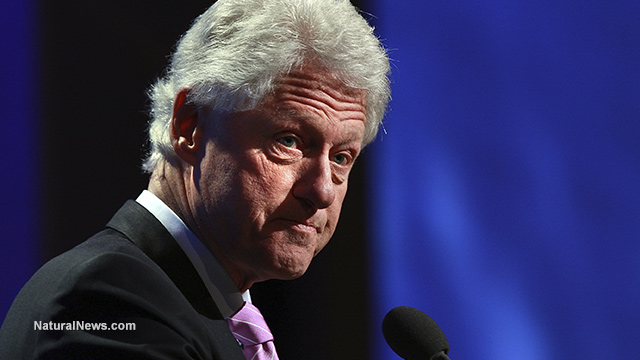 Parler
Parler Gab
Gab
There are too many things happening all at the same time for supply chain woes to be a coincidence
One major company that is still having trouble getting feed amid ongoing rail problems not related to the strike – but that is among the many reasons for the proposed strike – is Foster Farms, the largest chicken producer in the western U.S. According to reports, Foster Farms is having to pay exorbitant prices to truck in feed since there is not enough rail capacity due to worker shortages and other problems to get supplies from point A to point B. AgWeb says that the issues railroads are facing center around labor and the amount of time that it takes to receive shipments via rail. "The velocity to deliver trains is getting more and more difficult," says Ken Erikson, senior vice president at S&P Global Fuels, Chemicals and Resource Solutions Group. "You're having challenges with having enough locomotives in different locations." "You have challenges with crews who may have been hit by weather, who may be hit by diversions, some of the rail crews timeout or they don't have enough locomotive engineers in the right position." In Arizona, where some harvests are already occurring, rail cars are simply not showing up as scheduled. Consequently, grain shipments are not going as planned. "We've got a whole harvest that's basically been received, and we haven't been able to ship anything," says Eric Wilkey of Arizona Grain, Inc. "We never stopped the farmers from harvesting, so we have created some really large inventories and that has significant cash-flow impacts on us," Wilkey added, noting that rail cars were supposed to arrive back in early May, but only started trickling in during the first part of July about two months behind schedule. The latest news about the rail debacle can be found at Collapse.news. Sources for this article include: AgWeb.com NaturalNews.comElitists’ goal: Wipe out good food
By News Editors // Share
We’ve been lied to our whole lives about everything that matters
By News Editors // Share
The phoniest, most PR-intensive war of all time
By News Editors // Share
“I’ve delivered”: New disclosures demolish President Biden’s denials on Hunter dealings
By News Editors // Share
Bill Clinton sets the record straight on definition of recession
By News Editors // Share
Governments continue to obscure COVID-19 vaccine data amid rising concerns over excess deaths
By patricklewis // Share
Tech giant Microsoft backs EXTINCTION with its support of carbon capture programs
By ramontomeydw // Share
Germany to resume arms exports to Israel despite repeated ceasefire violations
By isabelle // Share










